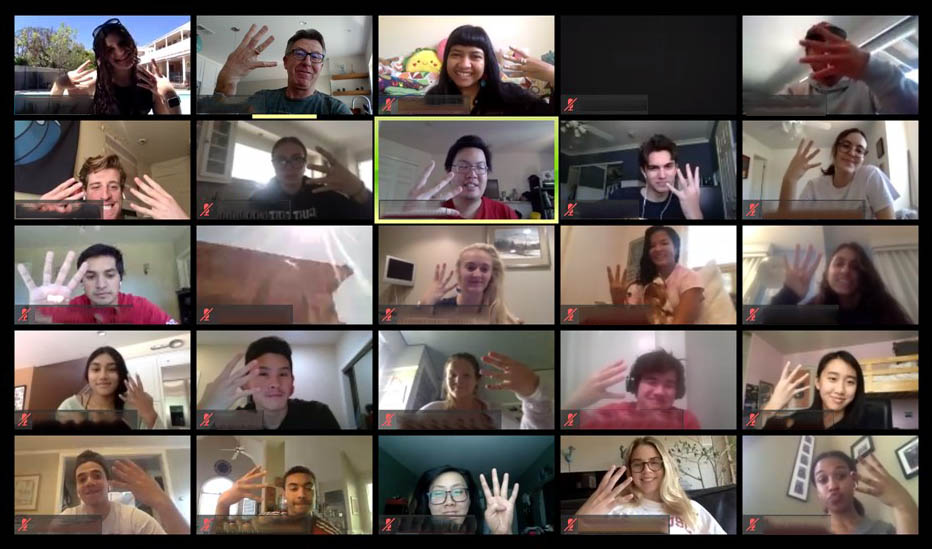Associate Professor John Walsh, assistant dean of education at the USC Leonard Davis School, is an expert in online instruction. The neuroscientist is the winner of numerous university awards and National Science Foundation grants for teaching with technology. Now that all classes meet over the internet, Walsh shares the tips he’s learned over the years that can help even novice instructors improve their teaching both online and off.
1) Do your homework
“Being an effective online instructor is no different than excelling in any other field, whether you are a professional basketball player or an Alzheimer’s researcher,” says Walsh. “It takes time. You have to put in the effort.” Walsh recommends researching what tools are available, like the free tutorials at Lynda.com, and learning the power of your school’s learning management system, which is Blackboard at USC. “Then you go in there and you play with it. Once you get it figured out, it is really powerful.”
2) Multitask
Walsh says to stay away from the sage-on-a-stage model of teaching. A typical class session has him bouncing back and forth between interactive discussions in Blackboard, PowerPoint slides in Zoom, and other audiovisual tools to hold students’ attention. “If you just sit their droning on over Blackboard, students’ eyes will roll back in their heads,” he said. “I bring in videos and even music to keep them engaged.” Walsh also suggests inviting outside speakers, which is easier to do now that they can be situated anywhere in the country or world.
3) Have a backup plan
This applies to having someone on hand who can help address technical issues if slides don’t work or internet fails but also to switching to another style of teaching when the need arises. For example, once his 200 student lecture class moved online, Walsh realized he needed a new way to approach the midterm exam. Instead of a traditional test, he divided students into multiple Zoom breakout rooms and had them collaborate to solve problems as a group. “It was awesome,” he said. “I was able to see them working together and applying what they’d learned.” Walsh says it went so well, he may continue this practice even when in-person classes are back in session.
4) Get feedback
Discussion boards are one of Walsh’s favorite features in learning management systems. He uses them whether classes are online or on campus. Requiring students to answer questions, state their opinions or argue a point makes for meaningful conversations that include all students, not just the handful who might voluntarily speak up in a lecture hall. “This gives everyone a voice and an opportunity to get to know one another,” he said. “They have to articulate their thoughts about and understanding of the material. If you can talk about it, you can learn it.”
5) Be creative
That was literally an assignment Walsh gave his students. They formed a “creative corporation” with several subsidiaries and are working in groups of ten to produce various forms of digital content, from film to fashion, that they will share online. It doesn’t hurt that Walsh teaches a course on creativity and the brain but the lesson can apply to any topic. “Bringing people together is important, he said. “If you embrace the technology, the opportunities to make lessons memorable and meaningful are endless.”
Above: a Zoom screenshot of Walsh’s students holding up four fingers to represent their course, Gero 414, Neurobiology of Aging.





